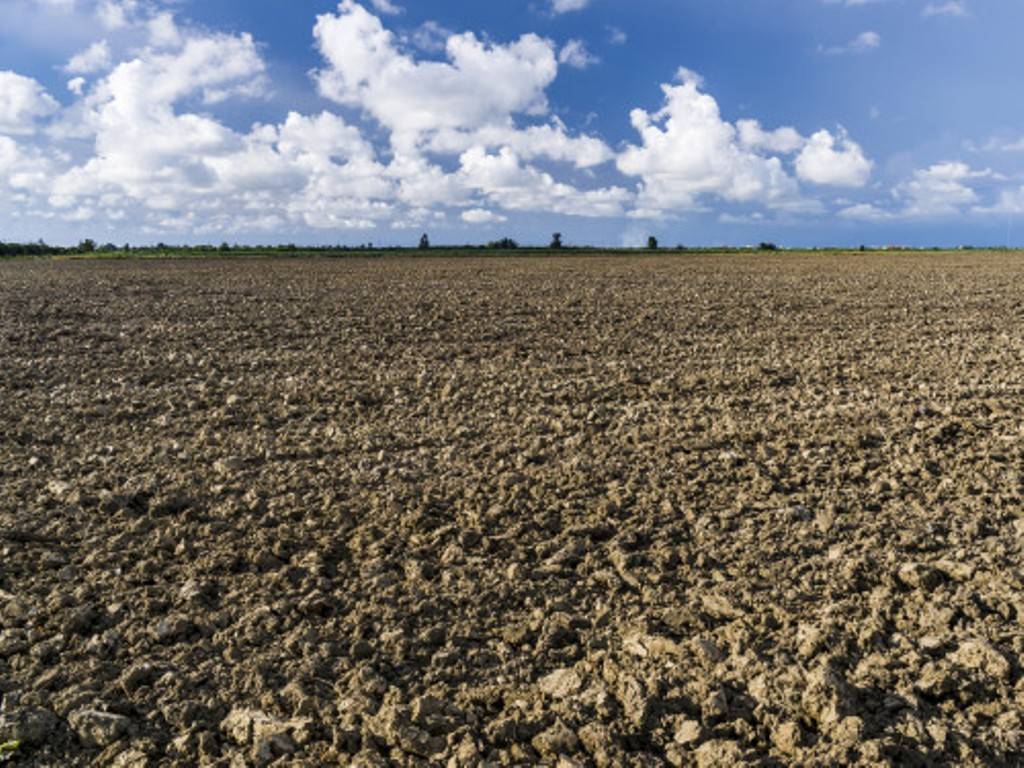
Fallow ground is a ground that has been left unfarmed for a long period of time. It is basically a land which is left to repose and regenerate.
In different regions of India, and North Africa, Mediterranean regions and many other places, fallowing soil is a method of sustainable land management that is done by farmers for centuries. Many crop producers in Southwest United States and in Canada have also started doing land fallowing practices.
Earlier in the fallowing history, farmers adopted tow-field rotation. In Two-field rotation, they divide the field into two halves, one half is used to plant the crops and the other half is left fallow. But now, farmers have started planting the crops in fallow lands while allowing the other half to rest or fallow.
As agriculture expanded, the size of the crop fields grew and brand new equipment, tools and chemicals were accessible for farmers.
So many crop producers dropped the soil fallowing system. It can be a contentious topic in few circles because a field that is left unplanted will not give any profits.
Nonetheless, new studies are putting light on the advantages of fallowing crop gardens and fields.
Does fallowing benefits
Yes, it benefits crop gardens and fields. Permitting soil to have a particular rest period, gives time to restore nutrients which can be extracted from certain plants or from regular irrigation. It helps save money spent on fertilizers and irrigation.
From deep below the ground, soil fallowing induces potassium and phosphorus towards the surface of the soil so that it can be used later. It has many other benefits like its raises the level of nitrogen, carbon and organic matter, improves the holding capacity of the moisture and raise profitable micro-organisms in the soil.
The studies have proven that a field which has been kept uncultivated for one year will produce higher crop yield during its plantation. Moreover it can be done in large commercial crop field and in small home gardens too.
If one doesn’t have a limited space and time, one doesn’t have to keep the area unplanted for 1-5 years. Rather in an area they can rotate spring and fall crops.

















